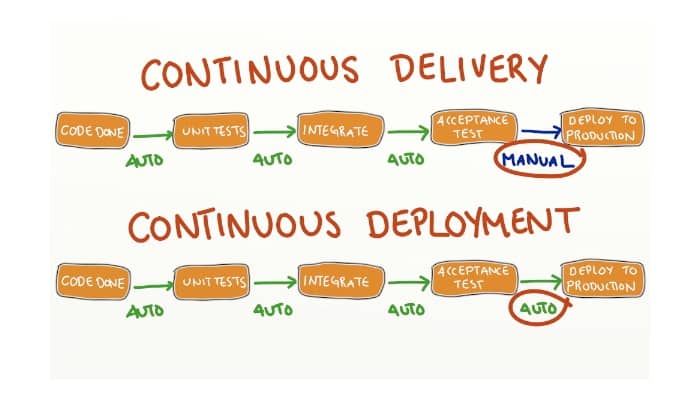
Apr 11, 2017
Agile is a debate that engulfs the conversation of many project teams and people I speak to on a daily basis. Listening to many people within the project services sector, I often wonder if project teams and businesses are focused more on the actual methodology they use, being an ‘agile team’, rather than the actual deliverables of the project itself?
First thing’s first, what is Agile?
Agile by definition is the ‘ability to move quickly and easily’. Agile methodology is a time-boxed, iterative approach to software delivery that builds software incrementally from the start of the project, rather than trying to deliver all of it at once at the end. If anything goes wrong (of course it won’t!!), you can change it quickly and adapt to the changes required (well that is what it say’s on the box!)
How is Agile successful?
The agile approach has an emphasis on not just a successful product delivery but also considers the quality of the product. The agile approach encourages collaboration and active ‘user’ involvement throughout product development. On an Agile project, you are never done with any one aspect, whether it be analysis, design and implementation or testing. Agile involves continuous requirements analysis and change. This is obviously better than waiting until the end of the project to find out your product is different to your design or has major defects. Agile is an approach that anticipates change and is intrinsic to Agile. One can reduce risks of a project by continually receiving feedback early and rectifying it – again this is a theory, and it all makes sense.
What are the risks of Agile?
The Agile approach doesn’t incorporate any clear project management processes; it only solves specific issues. Whether a company decides to adopt Agile or not, it still needs to manage project scope, planning, budgets, strategies and reporting.
Within the agile approach, there is limited planning at the beginning of the project. You develop ‘user stories’- a way to prioritise actions within the project. You can find yourself approaching the end of the project with the dilemma of potentially having to make one or more changes. At this point, you then either look at cutting things out of the project scope and not achieving what you set out to do, or you can ask for more budget and push back the date of delivery. Either option isn’t ideal, but cutting things out to deliver on time and within budget is probably the lesser of the two evils.
Should more companies be using Agile?
My verdict is that companies should use Agile when the end product or end user requirements can significantly change throughout the process. In my opinion, big businesses with massive teams seem to struggle to effectively deliver the agile approach at a large scale. They seem to break it down into smaller groups from larger teams which doesn’t hold as much weight compared to smaller organisations. I speak with candidates that tell me they work in large agile teams, but they don’t produce user stories, or they do stand-ups, but they don’t have a product owner in their team. I know Agile is the new approach and it limits failure but can Agile still fail just like other approaches?
What are your thoughts?
For More Blogs, Click Here.



